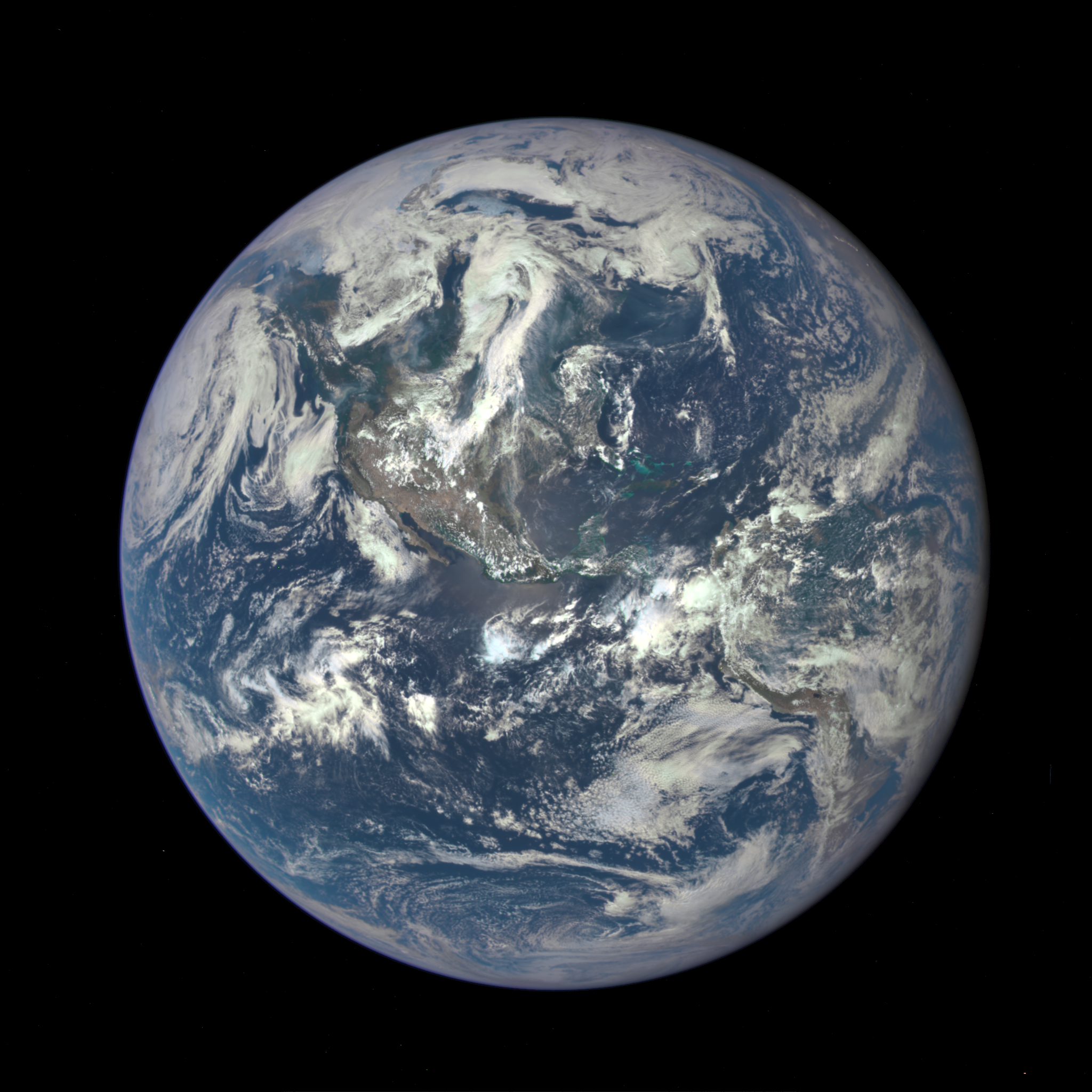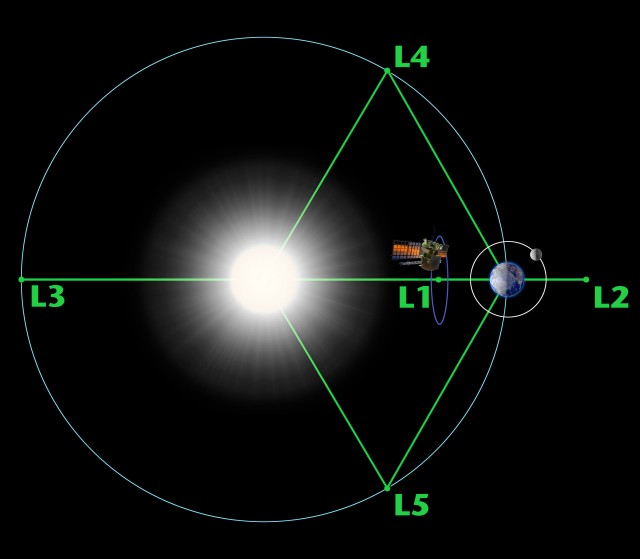I stand in awe every time I recall the fact that mankind didn’t see the Earth in its entirety until 1972, when Apollo 17 captured the first image of what has since been designated as the “Blue Marble.” Although humans first breached space in 1961 when Russian cosmonaut Yuri Gagarin completed the nascent orbit around the Earth, we were not able to gain a clear vantage of a sunlit Earth until 11 years later.
Thanks to NASA’s Deep Space Climate Observatory (DSCOVR) mission that launched in February of this year (43 years later), we now have the highest resolution image to date, and it’s breath-taking. DSCOVR is a venture between NASA, NOAA (National Oceanic and Atmospheric Administration), and the U.S. Air Force that’s designed to monitor real-time solar wind for accurate space weather alerts and forecasts.
A key instrument aboard called the Polychromic Imaging Camera (EPIC) captured the image below using its 11.8-inch telescope and 2k-by2k CCD (charged-coupled device). Normally, the camera captures multiple images using 10 narrowband filters of light ranging from ultraviolet to near-infrared, but this image was formed from a composite of only three using red, green, and blue filters in visible light.

NASA points out that the bluish tint in the central turquoise areas of the ocean are caused by the effects of sunlight scattered by air molecules.
Snapping such a seemingly perfect sphere required precise positioning between the Sun and the Earth at the Lagrange point 1 (marked as L1 in the image below), a distance of approximately one million miles away from Earth.

In the near future, EPIC will begin a daily image campaign to study real-time variations around the Earth; a total of 10,000 images are expected over the next 18 months.
Source: ExtremeTech via NASA
Advertisement
Learn more about Electronic Products Magazine





